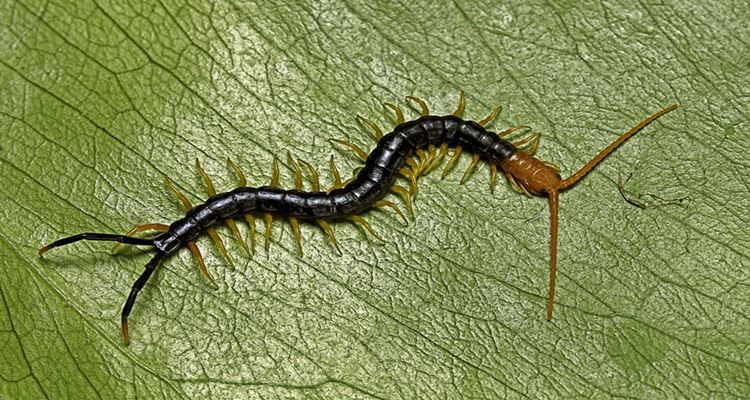Can a centipede bite cause death?
CENTIPEDE BITE – Here are some details about the centipede bite and how to treat this kind of insect bite.
A common insect closely related to shrimp, crayfish, and lobsters are the centipedes. The name of this insect was coined mainly because of their numerous legs that can reach between 30 to 350. Its body can grow around from less than one inch to one foot. Their favorite hideout is in warm and damp places.

Now, what happens if a centipede bites you?
For one, centipedes don’t bite with their mouths. When threatened they actually just pierce the prey’s skin using the pincer-like tips of the legs closest to their heads. It stings with its forcipules. The bite can be painful and the larger the insect is, the more painful it could get and the more poison delivered.
Serotonin, histamine, and cardio-depressant toxin-S are just some of the substances found in the venom of a centipede. This may lead to allergic reactions and may bring cardiovascular and neurological effects to a person.
Here are some general symptoms of a bite:
-Redness around the bite
- Numbness around the bite (rare)
- Lymph node swelling (rare)
- Itching
- Headache
- Anxiety
If one is experiencing an allergic reaction, they may suffer from:
- Difficulty breathing
- Swelling in the throat
- Rapid heart rate
- Hives
- Dizziness
Here are some tips for treating this:
- Wash the bite with soap and water thoroughly. Don’t put alcohol.
- Apply a cold compress and let it sit for 10 minutes. Never put the ice directly on the skin. Then, take the cold compress off for 10 minutes. Just repeat this process until the pain and itching eases.
- Check the bite area and make sure there’s no damage.
If there are red streaks, warmness when touched, bleeding, or a discharge with an unpleasant smell, see a doctor immediately. This could be an infection. Other factors to look out for that need immediate medical attention include 100.4℉ or higher fever, wheezing, trouble breathing, and lightheadedness according to a blog from WebMD.
READ ALSO:
- Tricep Stretches – What Are The Tricep Stretching Exercises and Its Benefits?
- Defense Mechanisms – The Different Types Of Defense Mechanisms
What can you say about this? Let us know!

